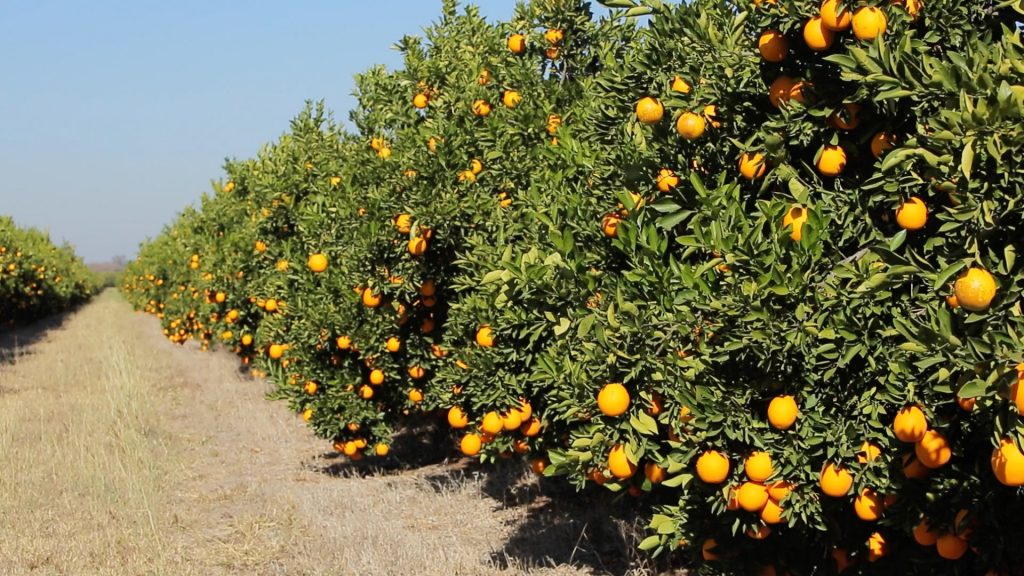
Favorable weather in key growing regions has confirmed estimates that there will be a better than average quality of citrus harvested by SAFE this season. This is good news for export markets where the fruit industry is widely recognised as the largest contributor, by value, to South African agricultural exports.
In a recent report in Farmers Weekly, Ezra Steenkamp, deputy director of trade research at the Department of Agriculture, Forestry and Fisheries (DAFF), said that it was important to note, particularly in these times of high unemployment, that the industry “has a high job-multiplier effect and creates in excess of 400 000 jobs throughout the value chain.”
According to her report, about 90% of income derived from fruit earnings is from foreign exchange, with a total export value of approximately R22 billion. “It is thus of national importance,” said Steenkamp.
Over the years SAFE has increased production and quality on a number of farms while at the same time, growing international markets for their citrus and table grape production. There was a negative impact on grape sales as a direct result of the drought in the Western Cape, and SAFE faces growing competition from new producers – particularly in the Mediterranean – who have less lead time to key European markets.
However, SAFE is on more firm ground now thanks to the excellent citrus crop.
According to Steenkamp, South African fruit has performed exceptionally well despite the global recession, with growth in trade surpassing that of the global average.
“With the right conditions and proper application of water technologies, plant improvement and the development and planting of new cultivars, exports should grow substantially over the next two decades. However, this will be subject to a stable policy environment that ensures investor confidence.
But, she warned, while traditional fruit crops such as citrus, table grapes and deciduous fruit still make up the bulk of the value and volume of fruit exports, new categories are growing fast. And according to Farmers Weekly writer, Gerhard Uys, exports of subtropical fruit are increasing, as middle-income consumers in developed markets particularly are demanding more variety.
Consumers in emerging markets, especially in Asia, are also increasing their consumption of fruit substantially.
India, with a population similar to that of China, is also an important potential growth market that will be able to absorb large volumes of produce in the future. However, its penetration of imports is still very low due to a lack of infrastructure and a restrictive regulatory and bureaucratic environment.

